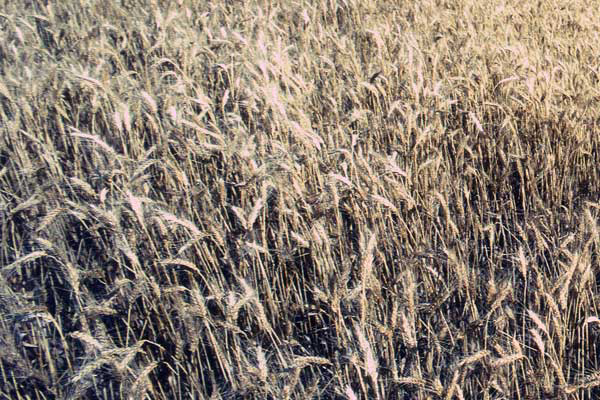OSU advises farmers to control for crop disease

Recent weather conditions and the forecast of cooler temperatures is cause for concern as wheat in Ohio is coming to its critical growth stage. Growers have been advised by a a wheat expert from Ohio State University’s (OSU) College of Food, Agricultural, and Environmental Sciences, to control their fields for disease development indications.
The rainy weather helps to create conditions favourable for foliar disease to develop, producing spores and new infections, said Pierce Paul, an Ohio State University Extension wheat researcher.
The amount of moisture experienced recently favours significant foliar diseases that impact wheat crops near critical growing stages, said Paul, who is also a plant pathologist with the Ohio Agricultural Research and Development Center.
OSU Extension and OARDC are the outreach and research arms, respectively, of the college.
Foliar diseases such as Septoria blotch and powdery mildew are what growers should be on the lookout for, Paul said.
Although inspecting for foliar disease is critical for healthy yields, this year is even more significant as winter wheat production is forecast to be down 9% from last year to 1.4 billion bushels, according to the US Department of Agriculture’s National Agricultural Statistics Service. The agency said as of May 1, US wheat yield is forecast at 43.1 bushels per acre, down 4.3 bushels from last year.
While earlier fungicide applications will provide adequate control of Septoria and powdery mildew, growers should first inspect their fields to see how susceptible their crops are to the diseases, Paul said.
“Growers should walk their fields and look for disease, especially if the variety they are working with is susceptible,” he said. “They should look for Septoria and powdery mildew on the lower leaves.
“Septoria blotch will appear as dark, irregularly shaped lesions with black dots in the center. At this early stage, powdery mildew appears a fluffy white powdery growth on the surface of the leaves and lower stems.”
As most of the major foliar diseases usually develop and reach the flag leaf after the wheat growth stage known as Feekes 8-9, Paul said, the greatest benefits from foliar fungicide applications are obtained when they are made between Feekes 8 and 10 and cultivars are susceptible.
[Source: OSC]











